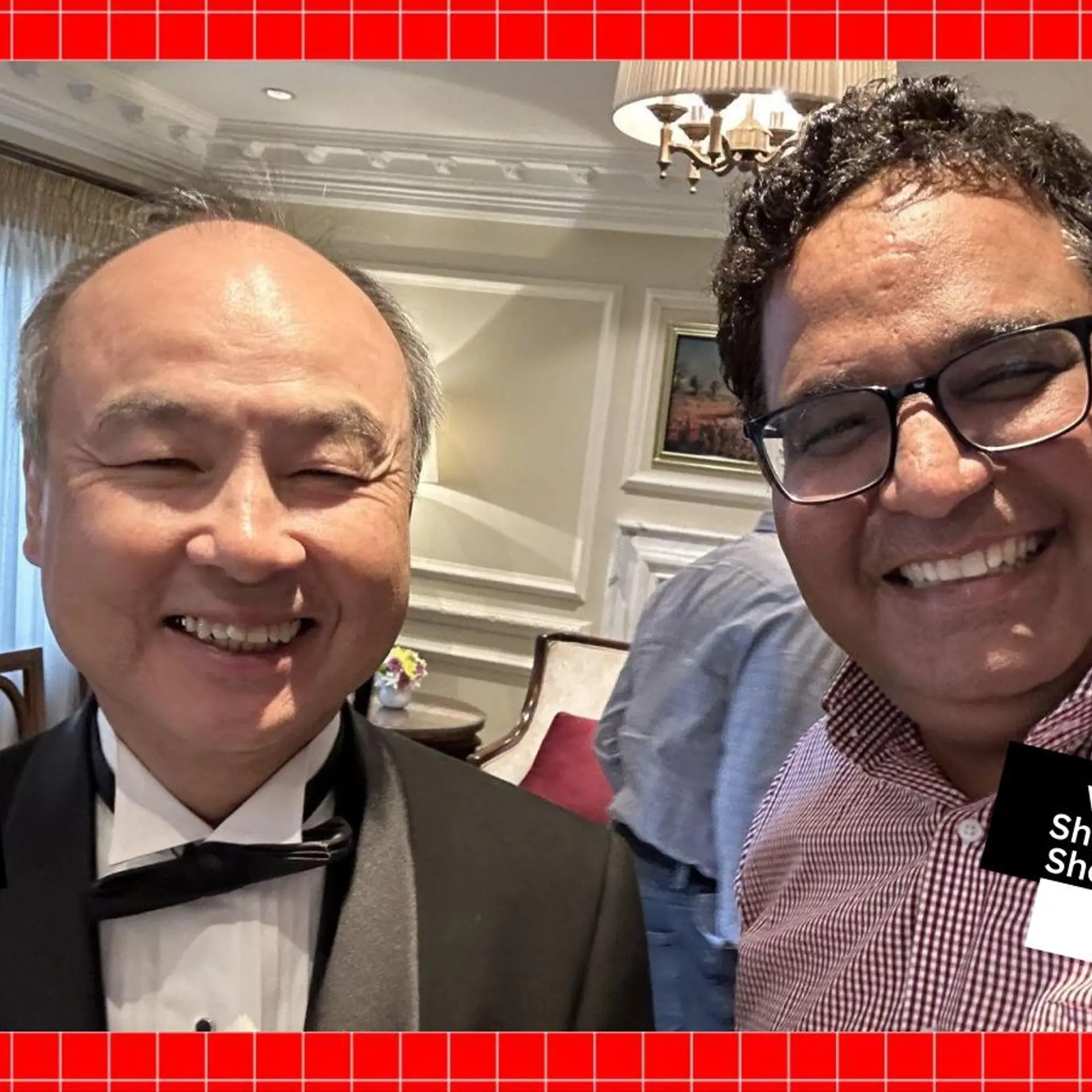Medical lending marketplaces: A new frontier in healthcare funding
Lending marketplaces are helping bridge the gap in healthcare financing, allowing access to quality treatment without the heavy financial burden.
Sahil Lakshmanan

Tuesday July 23, 2024 , 3 min Read
The healthcare sector in India faces unprecedented challenges despite making rapid strides in recent decades. Efforts are ongoing to improve medical infrastructure and ensure equitable healthcare provision. However, broader penetration of healthcare services and enhanced healthcare financing to meet medical expenses are crucial.
Rising Healthcare Costs
One major barrier to accessing healthcare is the inability of middle-class individuals to cover upfront medical costs. Treatments for critical ailments such as cancer, transplants, accidents, and rare diseases, along with elective treatments like orthopaedic surgery, dental care, skin and cosmetic surgery, IVF, and maternal treatment, are extremely expensive, placing immense financial and emotional strain on patients’ families.
Medical inflation in India stands at 14%, higher than in China (12%), Indonesia (10%), Vietnam (10%), and the Philippines (9%). Consequently, more than 50% of healthcare expenditure is out-of-pocket, compared to the global average of 20%.
Inadequate health insurance coverage further exacerbates healthcare accessibility issues in India. Nearly 700 million people lack health insurance, with penetration rates at 18% in urban areas and 14% in rural areas.
Healthcare Lending Marketplaces Driven by Innovation
Healthcare lending marketplaces enhance treatment accessibility by providing loans specifically designed for medical expenses. Some marketplaces offer 0% interest loans in partnership with hospitals. Success in this model depends on hospitals subsidising loan costs, similar to consumer durable finance products.
Lenders play a crucial role here: if a hospital covers the interest, the borrower only repays the principal.
This repayment structure benefits lenders by eliminating interest-related risks. Additionally, healthcare lending aligns with the UN Sustainable Development Goals (SDGs), attracting funds from impact investors who typically offer lower-cost capital than traditional debt.

Edge Over Individual Lenders
With multiple lenders, healthcare lending marketplaces achieve higher approval rates when compared to individual lenders. In India, these marketplaces provide larger loan sizes, up to Rs 15 lakh. Specializing in medical lending, they effectively underwrite critical illness cases and provide comprehensive coverage. Many marketplaces also offer longer loan tenures compared to individual lenders.
Understanding the Collaboration Gameplay
Healthcare lending marketplaces aggregate hospitals and lenders, creating a streamlined system that enhances treatment accessibility. This allows patients to receive timely care, overcoming financial barriers.
Additionally, these marketplaces supplement public health delivery systems in India, alleviating pressure on government hospitals and clinics. By enabling patients to seek care from private providers, lending marketplaces ensure equitable distribution of healthcare resources.
Lending Marketplace - A Proven Concept Globally
Lending marketplaces have redefined the healthcare financing landscape globally. In the United States, where healthcare costs are high, marketplaces like Prosper and CareCredit provide exceptional financing support. Prosper's unsecured medical loan model allows individuals to secure financing for various healthcare needs, offering loan tenures of two to five years to reduce financial burden.
CareCredit focuses solely on healthcare financing, providing a credit line for medical costs not covered by insurance. This approach benefits both patients and providers by offering immediate financing and flexible payment options.
Conclusion
Addressing healthcare affordability requires collaboration between healthcare and fintech stakeholders. Lending marketplaces offer innovative solutions to bridge the healthcare financing gap, ensuring access to quality treatment without excessive financial burden.
(Piyush Jain is the Co-Founder and CEO of CarePal Group)
Edited by Jyoti Narayan
(Disclaimer: The views and opinions expressed in this article are those of the author and do not necessarily reflect the views of YourStory.)






